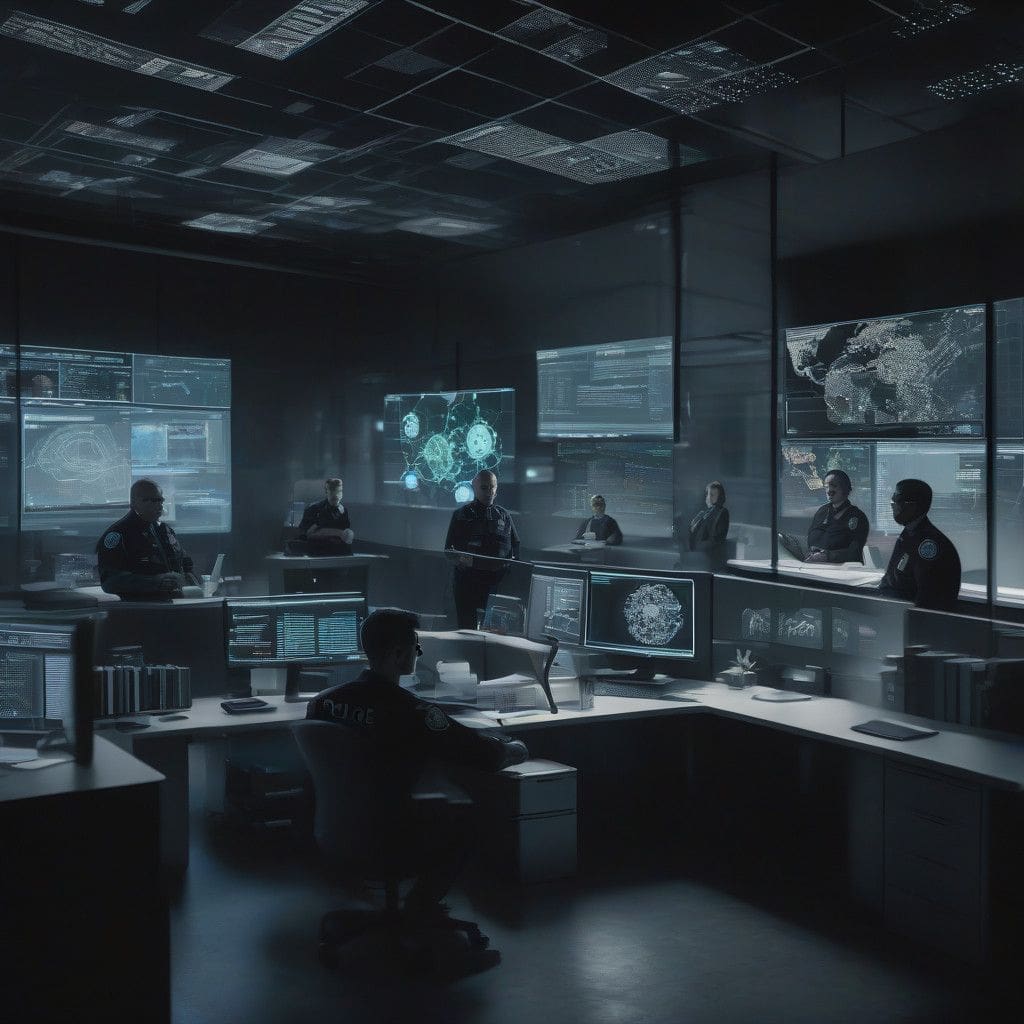In recent months, various police departments across the United States have started utilizing artificial intelligence (AI) to draft incident reports. The move aims to significantly reduce the time officers spend on paperwork, a challenge that has long hindered the efficiency of law enforcement agencies. However, as evidenced by Oklahoma City’s police department, which halted its use of the AI-driven Draft One software due to concerns raised by the District Attorney’s office, the integration of AI into police work is not without its pitfalls.
The Draft One software operates by analyzing bodycam footage and radio transmissions to generate reports. While the potential for speedier processes is appealing, several unanswered questions regarding its accuracy and the possible legal implications arise. For example, Paul Mauro, a former NYPD inspector, commented on the urgency of ensuring that officers carefully review AI-generated reports to prevent inaccuracies stemming from ‘AI hallucinations,’ which could misrepresent facts, become misconstrued, or even lead to wrongful accusations.
The challenge lies not only in the quality of AI-generated reports but also in their reliability when used as evidence in court. In the justice system, there is a significant emphasis on the integrity and authenticity of police documentation. Any errors in these AI-drafted reports risk undermining cases, which can have dire consequences for defendants and victims alike.
Despite these challenges, the prospect of using AI to standardize documentation in law enforcement remains tantalizing. Standardization could bring about a level of consistency across reports, enabling better identification of patterns and aiding in more efficient data analysis across multiple cases.
A practical application of this technology may be its use in minor crime reporting. By deploying AI for lower-stakes situations, law enforcement agencies could still ensure compliance with regulatory requirements while allowing legal experts to focus on more serious matters. Retrofitting this AI implementation for minor offenses could lead to more effective investigations, as it may allow investigators to identify trends and correlations more rapidly than traditional methods permit.
Looking back at the adoption of body-worn cameras in police work illustrates how technology can face initial resistance but can evolve into an accepted norm. When bodycams were first introduced, they were met with skepticism and heated debate. Yet over time, they have become an integral part of police operations, leading to increased accountability and transparency.
It is essential to recognize that the introduction of AI into police reporting systems does not negate the need for human oversight. As Mauro succinctly put it, “Officers must still engage with the content generated by these systems.” The challenge remains in finding a balance between leveraging AI for efficiency and ensuring that human judgment, experience, and ethical considerations are prioritized in law enforcement practices.
The potential for AI to transform police operations is significant, but it must be approached with caution and an awareness of the broader implications. Ethical considerations related to accuracy, accountability, and legal concerns cannot be overlooked. Law enforcement agencies that choose to implement AI solutions must do so with a framework that prioritizes integrity, ensuring that technological advancements enhance, rather than detract from, the pursuit of justice.
